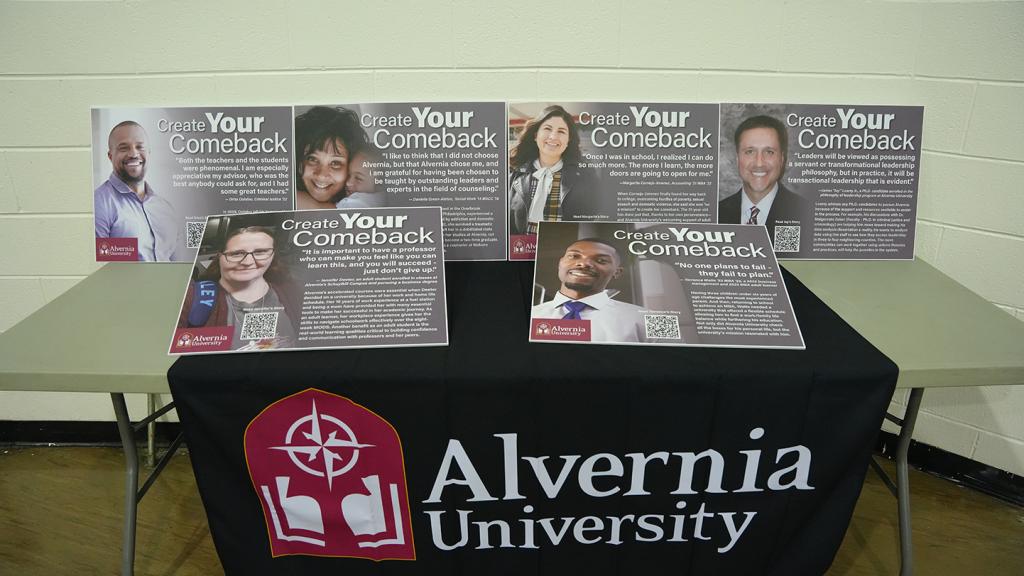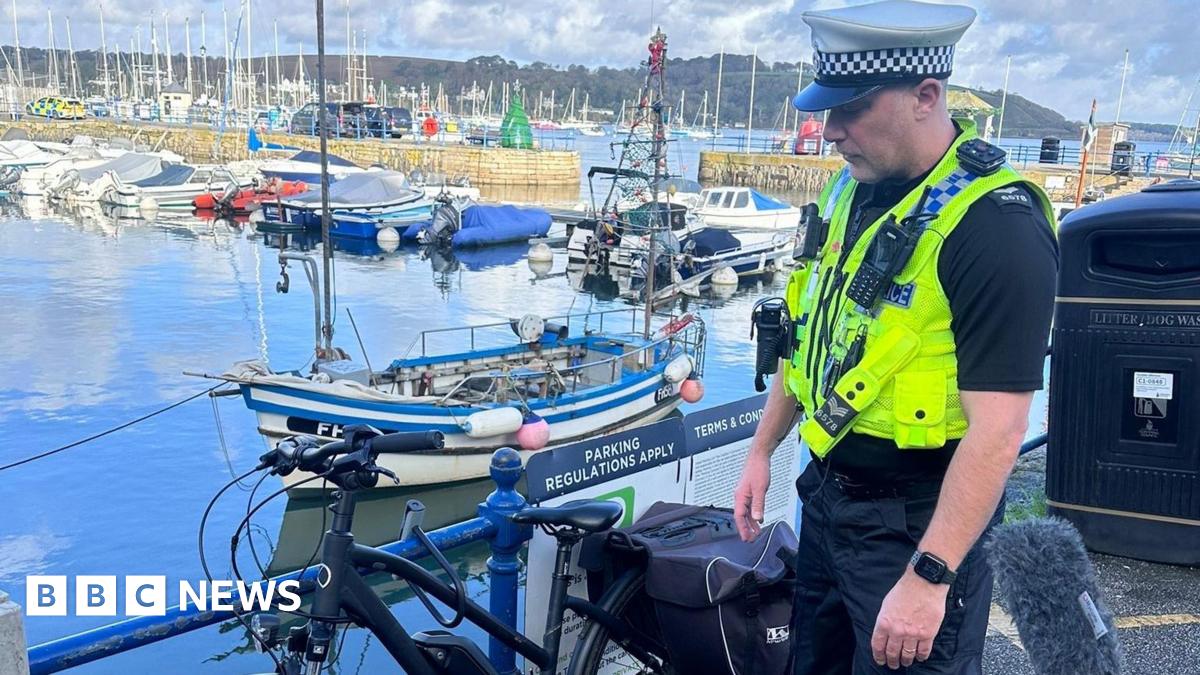Burlington, Ont. — Dec. 17, 2025 — Over the upcoming holiday season, City of Burlington administrative services will be closed from Wednesday, Dec. 24, 2025, to Thursday, Jan. 1, 2026. City administrative services will re-open on Friday, Jan. 2, 2026. To learn more about City services and facility availability over the holidays, please see the summary below or visit burlington.ca.
Animal Services
The Animal Shelter at 2424 Industrial St. will operate as follows:
- Wednesday, Dec. 24 and Thursday, Dec. 25 – closed to appointments
- Friday, Dec. 26 – Saturday, Dec. 27 – open to appointments
- Sunday, Dec. 28 – closed to appointments
- Monday, Dec. 29 to Wednesday, Dec. 31 – open to appointments
- Thursday, Jan. 1, 2026 – closed to appointments
To report an animal control related emergency on a holiday, please call 905-335-7777.
Burlington Transit
Burlington Transit will operate as scheduled over the holidays:
- Wednesday, Dec. 24 – regular service
- Thursday, Dec. 25 – special holiday service
- Friday, Dec. 26 – regular Sunday service
- Saturday, Dec. 28 to Tuesday, Dec. 30 – regular service
- Wednesday, Dec. 31 – regular service
- Thursday, Jan. 1, 2026 – special holiday service
Find real-time arrival information and plan your trip using Google Maps. From a mobile phone, access Google Maps and click on your bus stop to see arrival times. From a computer, select your bus stop, then click on ‘See Departure Board’ to view arrival times.
Specialized Dispatch is open from Monday, Dec. 29 to Wednesday, Dec. 31, from 8 a.m. to 5 p.m.
Burlington Transit Customer Service is open Saturday, Dec. 27 from 10 a.m. to 2 p.m. and from Monday, Dec. 29 to Wednesday, Dec. 31, from 8 a.m. to 6 p.m.
City Hall
Service Burlington and the Building, Renovating and Licensing counter on the main floor of City Hall at 426 Brant St., will close at 4:30 p.m. on Tuesday, Dec. 23, 2025, and re-open on Friday, Jan. 2, 2026, at 8:30 a.m.
Many service payments are available online at burlington.ca/onlineservices.
For online development services, MyFiles can be used by residents who have applied for Pre-Building Approval. Check the status of Pre Building Approval applications at burlington.ca/MyFiles.
Halton Court Services – Provincial Offences Office
Court administration counter services at 4085 Palladium Way will operate as follows:
- Wednesday, Dec. 24 – Friday, Dec. 26 – closed
- Monday, Dec. 29 to Wednesday, Dec. 31 – open, 8:30 a.m. to 4:30 p.m.
- Thursday, Jan. 1, 2026 – closed
- Friday, Jan. 2, 2026 – open 8:30 a.m. to 4:30 p.m.
On days when the court administration counter is open, telephone payments are available at 905-637-1274, from 8:30 a.m. to 4:30 p.m. Many services are also available by email at burlingtoncourt@burlington.ca or online at Halton Court Services. Payment of Provincial Offences fines is available 24/7 at www.paytickets.ca.
Parking
Free parking is available downtown, on the street, in municipal lots and in the parking garage (414 Locust St) after 6 p.m. and on holidays, including Dec. 25 and 26, 2025 and Jan. 1, 2026.
On Sundays, free parking is available downtown, on the street, in municipal lots and in the parking garage (414 Locust St.).
On Saturdays, pay parking downtown is required in high-demand parking lots (Lots 1, 4 and 5) and all on-street metered parking spaces. A three-hour maximum is in effect for all on-street spaces. Free parking is available in the remaining municipal lots and the parking garage (414 Locust St.).
NOTE:
- The Waterfront parking lots (east and west at 1286 Lakeshore Rd.) do not provide free parking on holidays.
- Parking exemptions or City-Wide Parking Permits are required to park overnight on city streets and for longer than five hours. Visit bylaw.burlington.ca for parking exemptions.
- City-Wide Parking Permits, Exemptions, Alton Village Permits and Neighbourhood On-Street Parking Programs are cancelled during declared snow events. Parked vehicles on-street will be subject to enforcement and/or relocation.
Recreation Programs and Facilities
Burlington Seniors’ Centre
The Burlington Seniors’ Centre at 2285 New St. will close Monday, Dec. 22, for the holiday and building maintenance. It will re-open on Monday, Jan. 5, 2026.
Customer Service
Recreation, Community and Culture customer service is available to assist you:
- In person at recreation facility counters during program times
- By email at liveandplay@burlington.ca
- By phone at 905-335-7738, Monday to Friday from 8:30 a.m. to 5:30 p.m. and weekends from 9 a.m. to 4 p.m.
Phone and email service are closed Dec. 24, 25, 26 and Jan. 1, 2026. A complete listing of holiday service hours is available at burlington.ca/servicehours.
Cogeco Skating at Burlington Rotary Centennial Pond
Burlington Rotary Centennial Pond, located at Spencer Smith Park (1400 Lakeshore Rd.), is open for the season. During skating season, the pond is open daily from 10 a.m. to 10 p.m., weather permitting – exceptions include:
- Christmas Eve – ponds closes at 5 p.m.
- Christmas Day – pond closed
Registration is not required. For more information, including skating times, visit burlington.ca/pond.
Residents are encouraged to call the ice conditions hotline at 905-335-7738, ext. 8587 before leaving to make sure the pond is open.
The free skate lending program at the Burlington Rotary Centennial Pond is available Monday to Thursday, 5 to 9 p.m., and Fridays, from 5 to 10 p.m. On Saturdays, Sundays, and school breaks, it is open from 10 a.m. to 10 p.m.
Tim Hortons free skating
Thanks to Tim Hortons, Burlington residents can enjoy another holiday season of free skating, from Sunday, Dec. 21 to Saturday, Jan. 3, 2026. Free skating will be drop-in only, and no online reservation is needed. Skating is first come, first served until capacity is reached. For dates and locations, visit burlington.ca/timsfreeskate.
Drop-in recreation programs
Swimming, skating, fitness and other drop-in program times vary over the holiday period. Drop in or reserve in advance. For schedules, visit burlington.ca/dropinandplay.
Holiday ice and gym rentals
Stay active this holiday with family and friends by renting ice or a gym at a special discount. This holiday season, ice and gym rentals are available at a reduced rate for booking dates up to Jan. 4, 2026. Residents can view facility availability and complete the rental 24 hours in advance through their online Live & Play account. Learn more about how to rent at burlington.ca/rentals.
Outdoor Fun
Head outside and play in our parks and trails, including disc golf at Tyandaga Golf Course (1265 Tyandaga Park Dr.), tobogganing and more. Explore all the options at burlington.ca/outdoorplay.
Roads, Parks and Forestry
The administrative office will be closed from Wednesday, Dec. 24 to Thursday, Jan. 1, 2026, re-opening on Thursday, Jan. 2, 2025. Essential services, including snow removal, will be provided as required.
Burlington is a city where people, nature and business thrive. Sign up to learn more about Burlington at burlington.ca/subscribe and follow @CityBurlington on social media.
-30-




